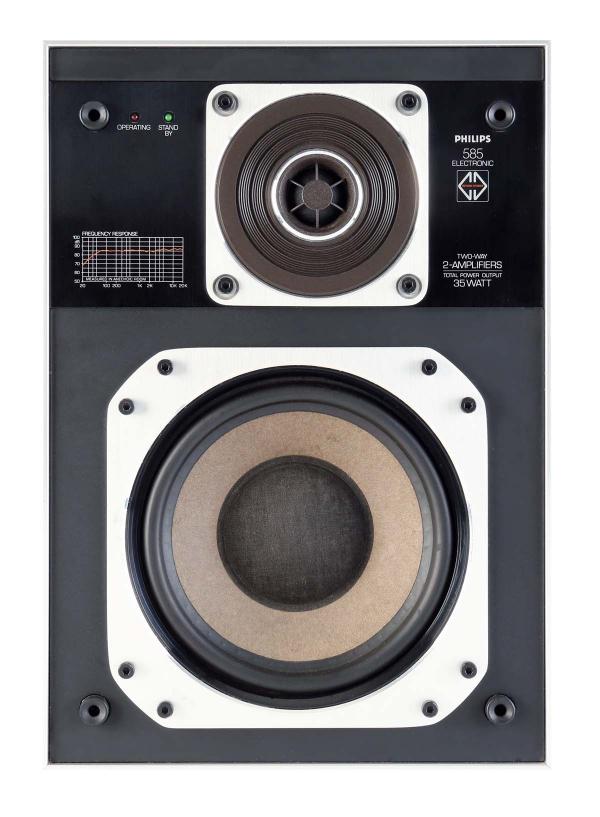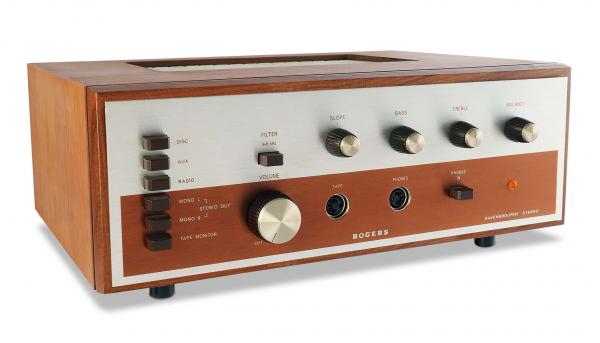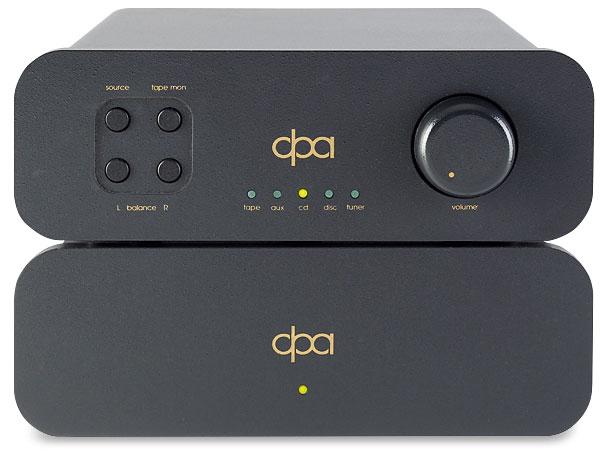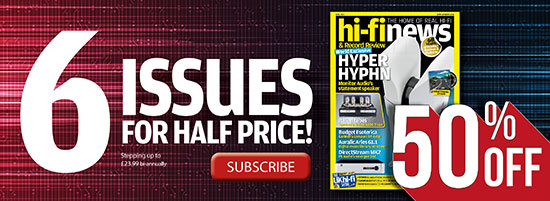|
Jun 06, 2025 |
First Published: May 01, 2025
|
May 01, 2025 |
First Published: Apr 01, 2025
|
Feb 05, 2025 |
First Published: Mar 01, 2025
|
Jan 19, 2025 |
First Published: Jan 01, 2025
|
Jan 18, 2025 |
First Published: Dec 01, 2024
|
Jun 01, 2025 |
First Published: Nov 01, 2024
|
May 02, 2025 |
First Published: Oct 01, 2024

 In an age of bulky carousel and multi-disc cartridge-loading solutions, this Pioneer player combined a single laser mech with dual trays for many hours of uninterrupted listening
In an age of bulky carousel and multi-disc cartridge-loading solutions, this Pioneer player combined a single laser mech with dual trays for many hours of uninterrupted listening
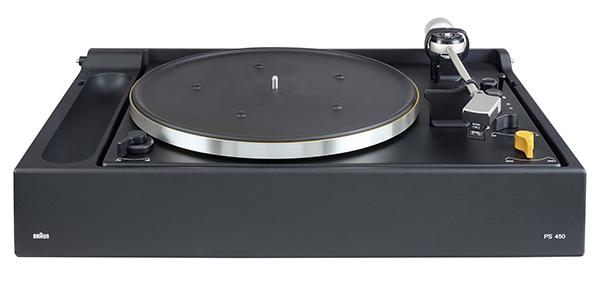

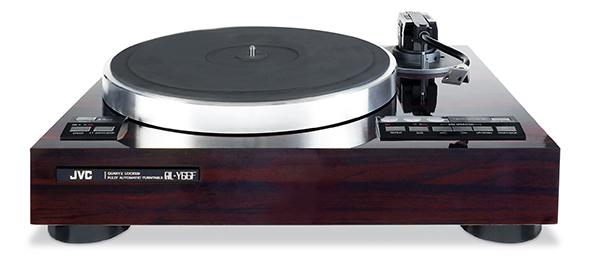
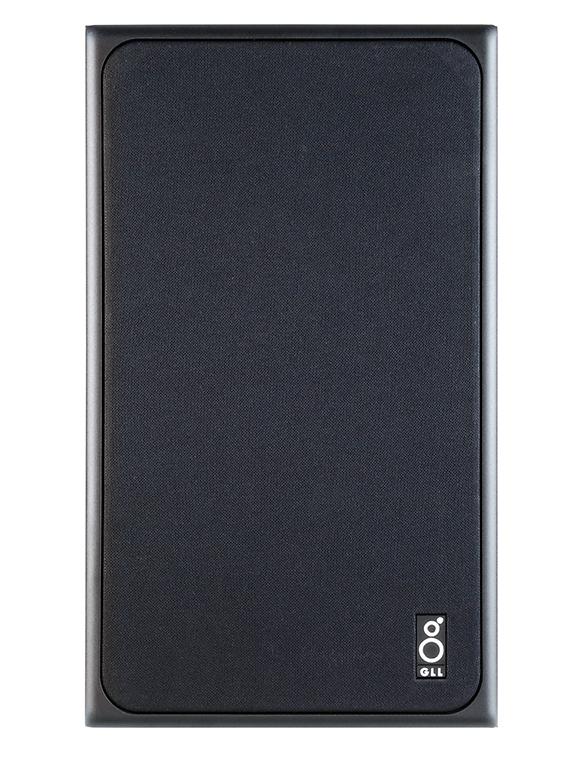
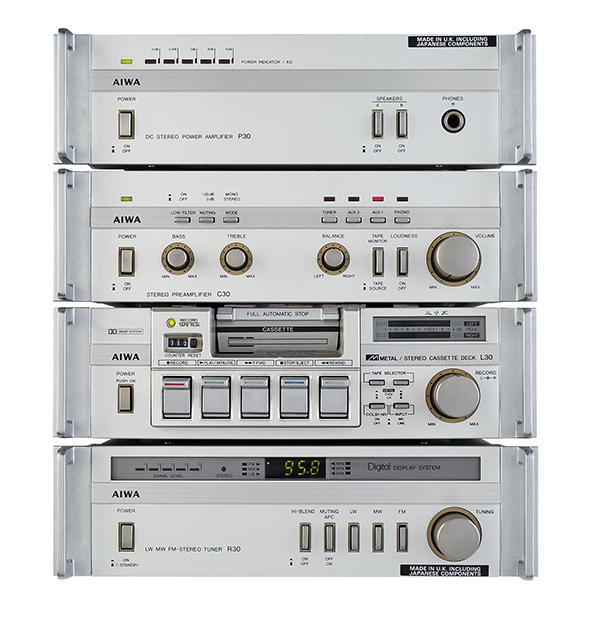
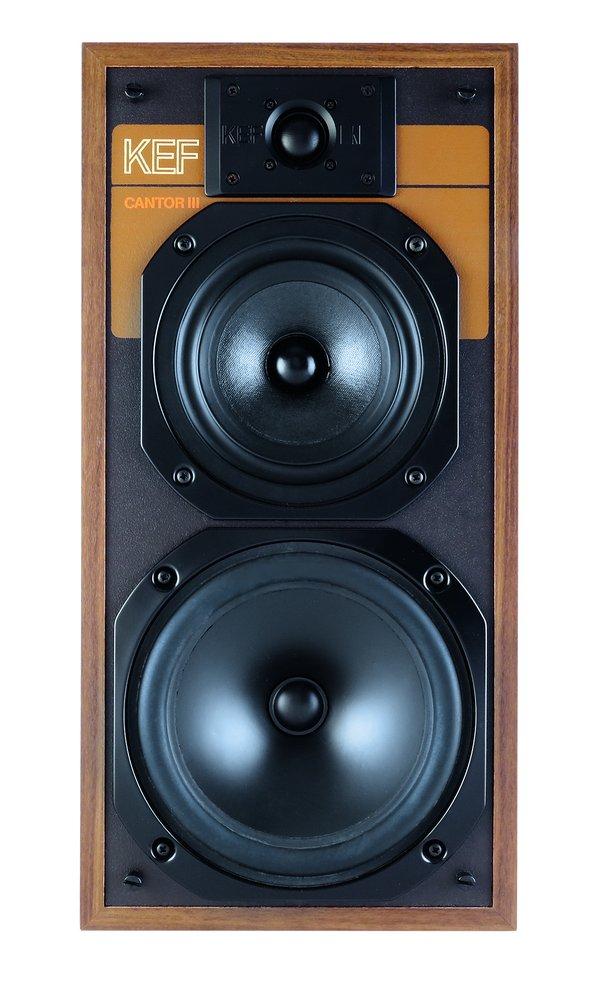
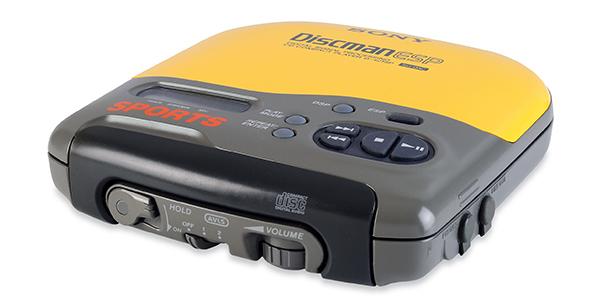
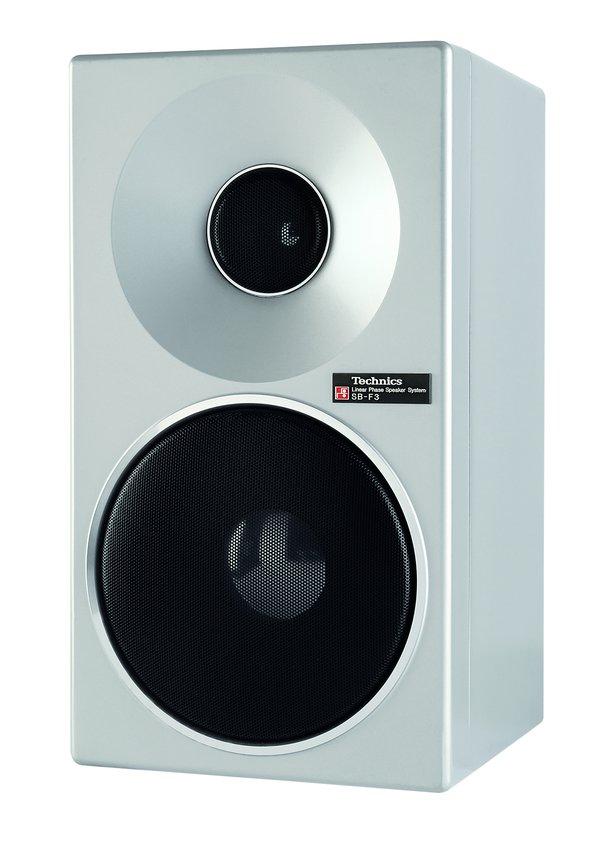
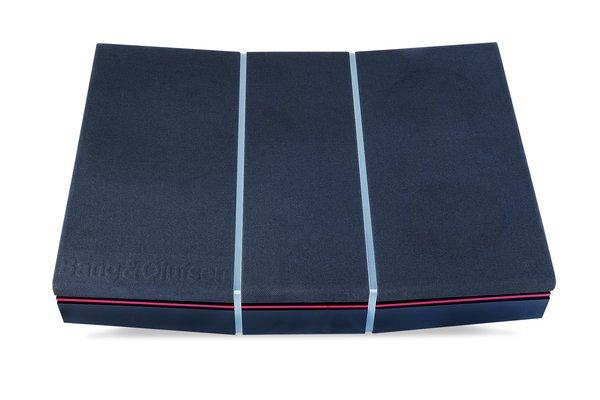

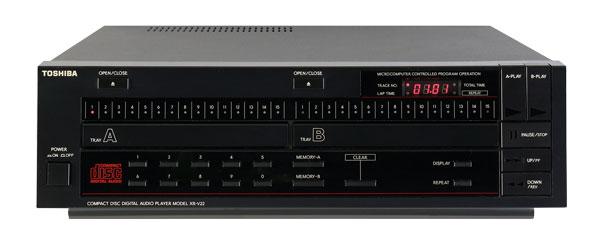
 Gimmick or grand plan as Toshiba looks to spice up the mid-’80s CD scene with a
dual-disc player offering over two hours of continuous music. How does it fare today?
Gimmick or grand plan as Toshiba looks to spice up the mid-’80s CD scene with a
dual-disc player offering over two hours of continuous music. How does it fare today?
